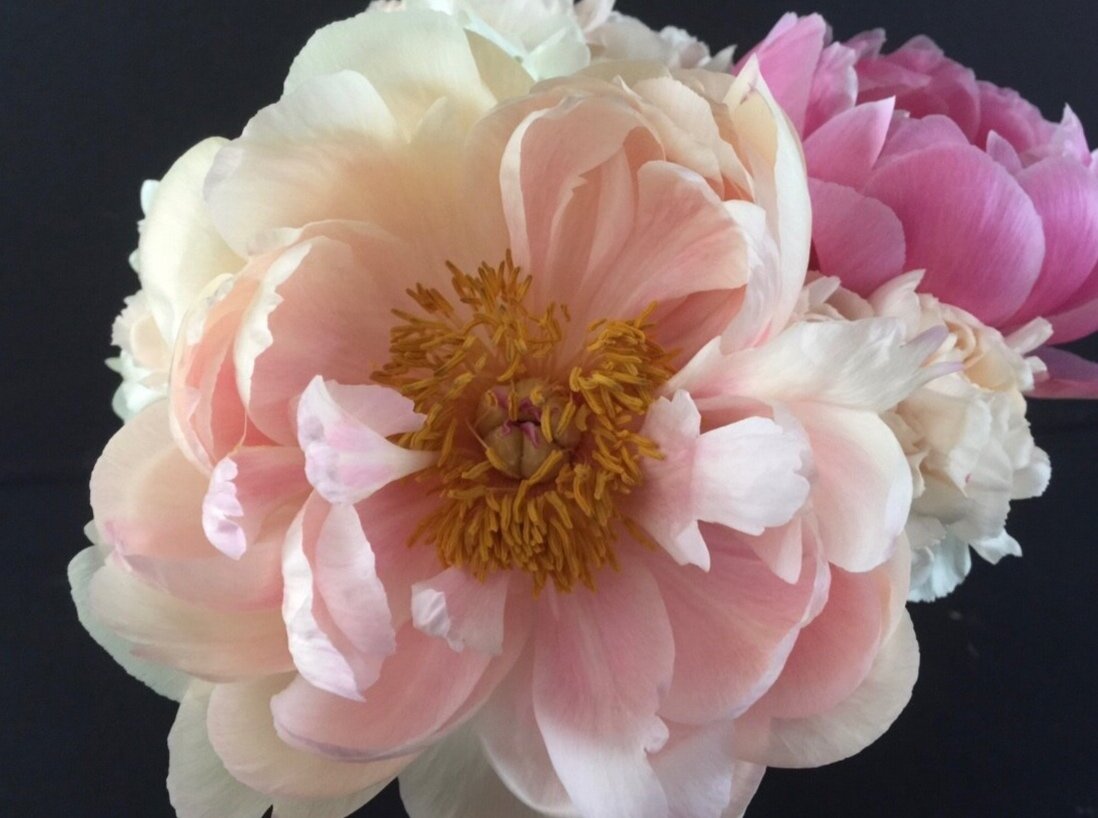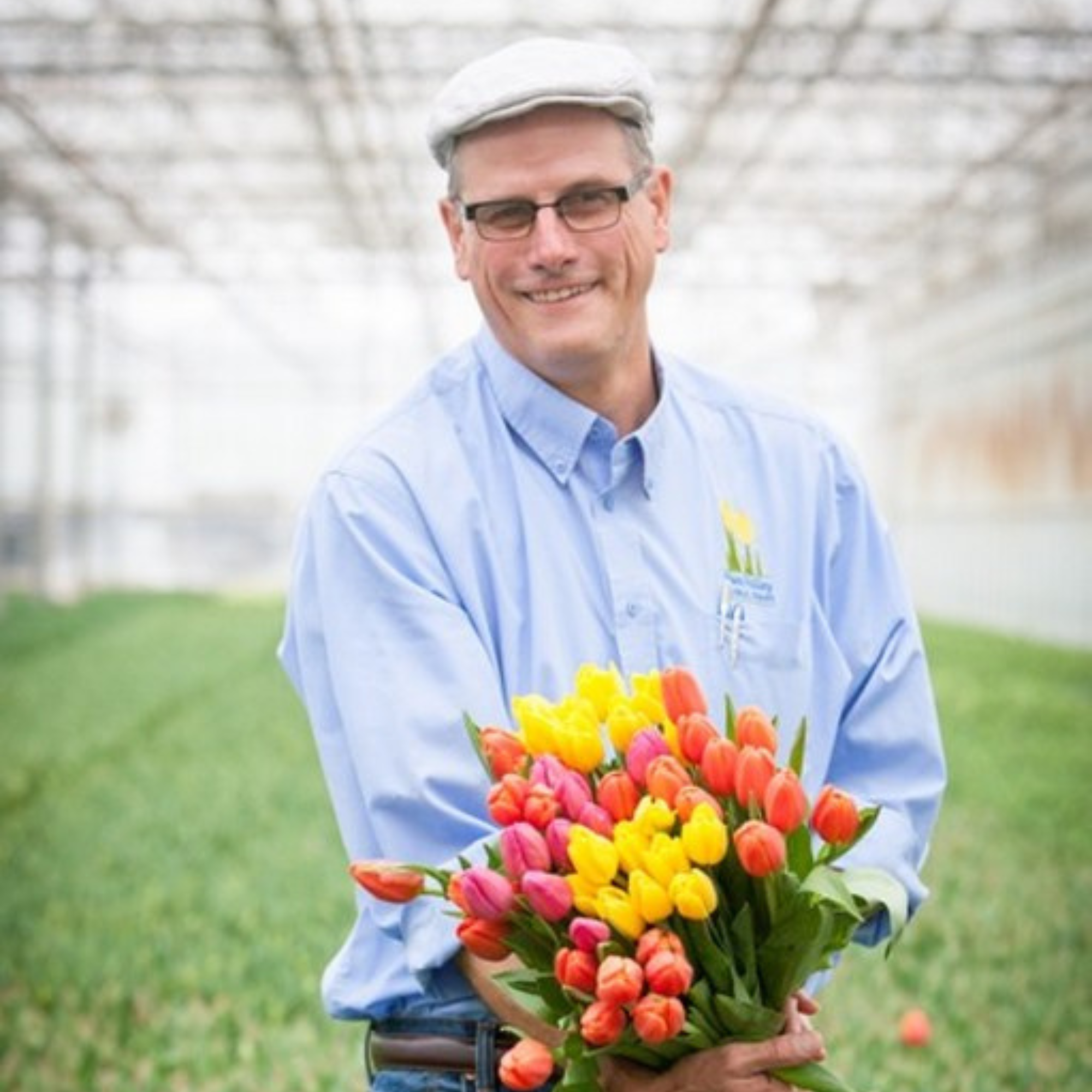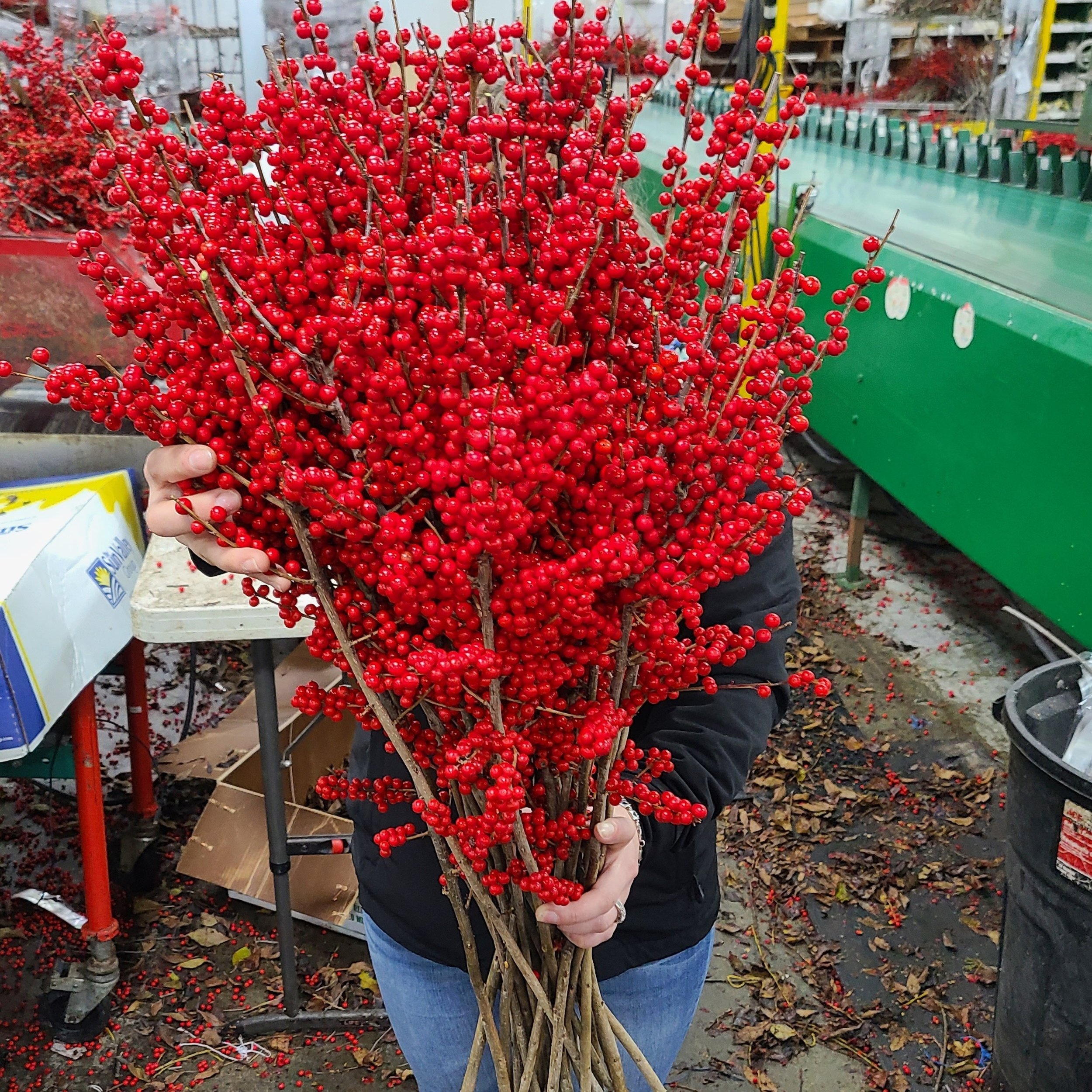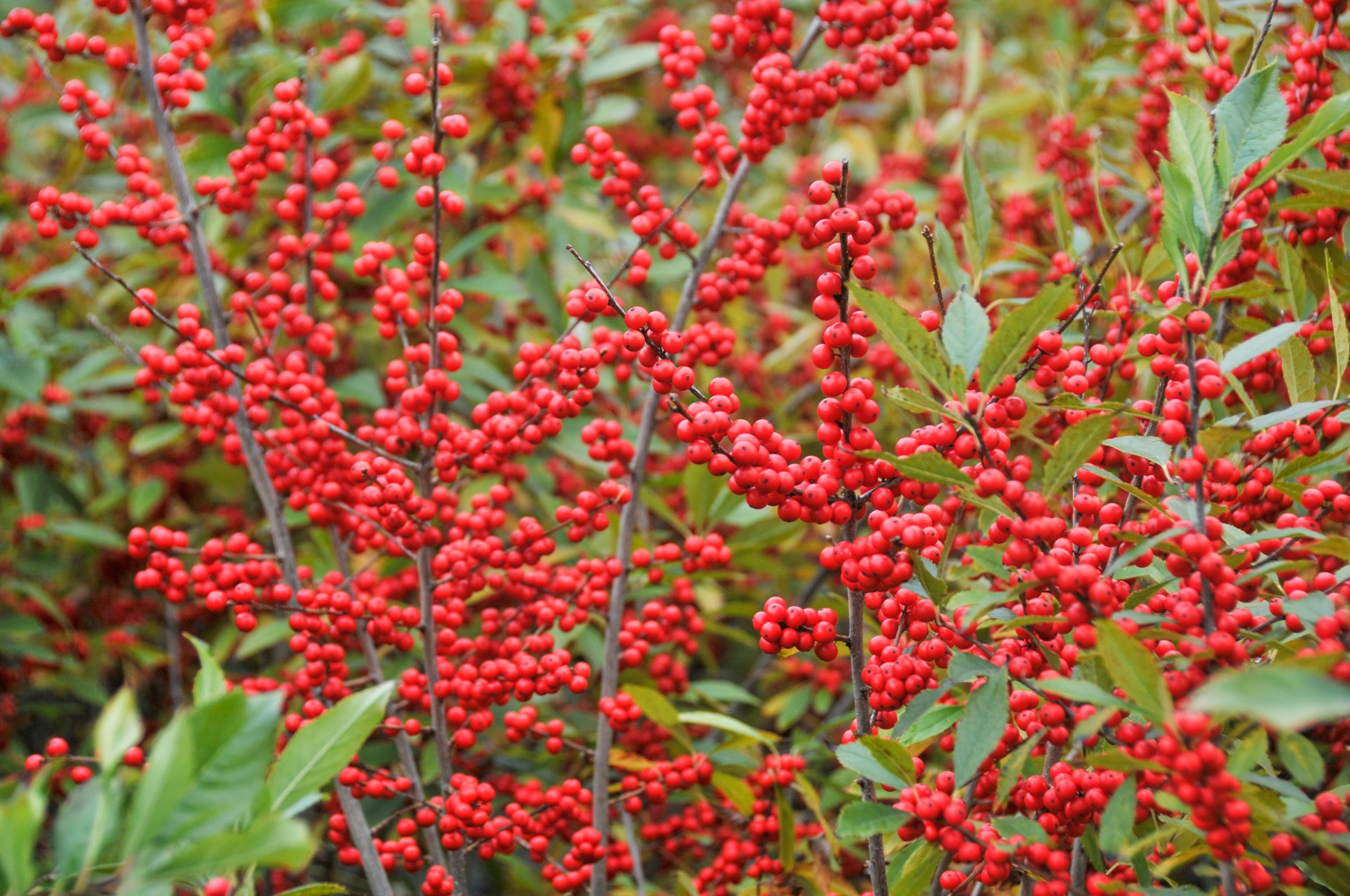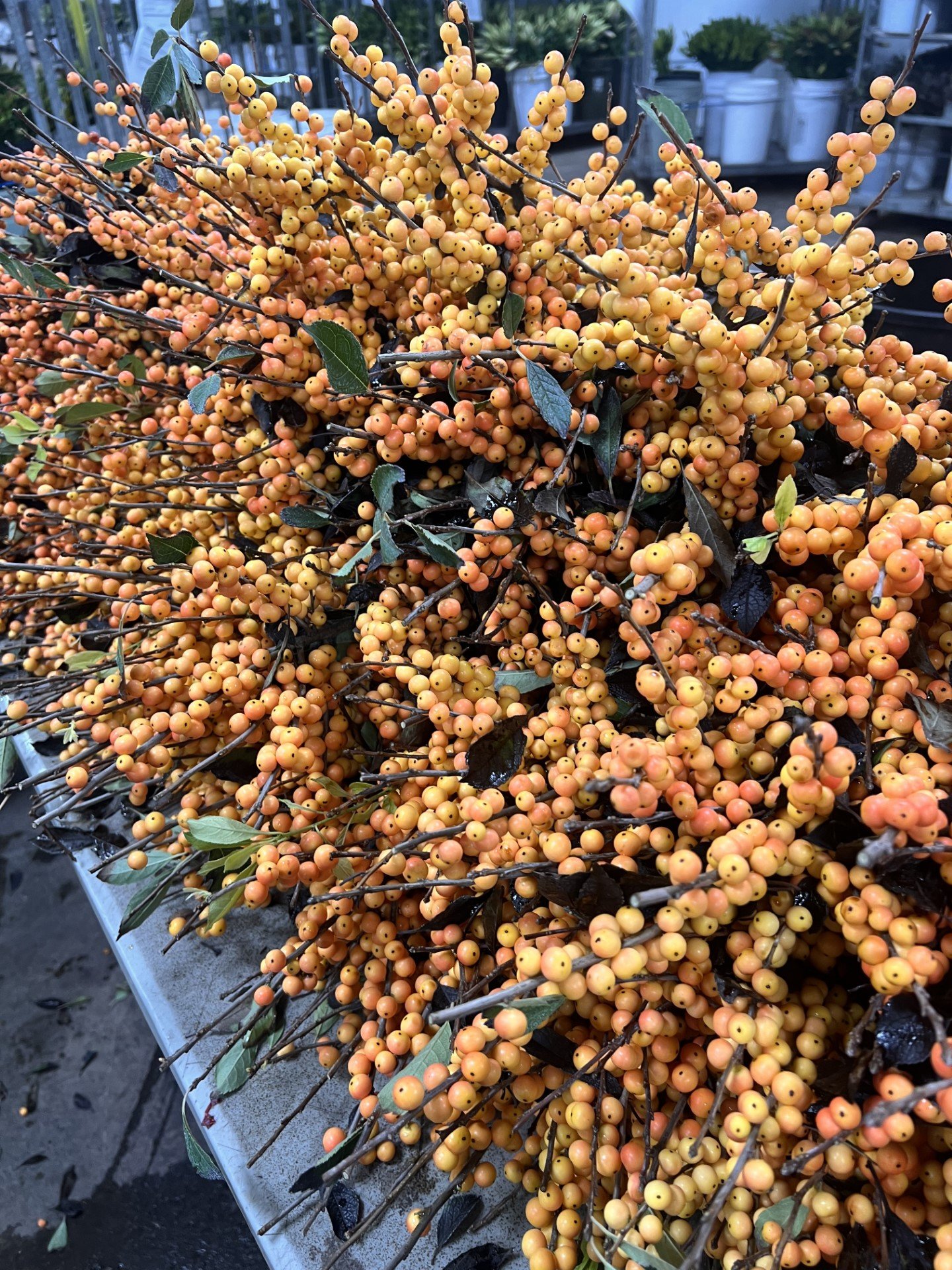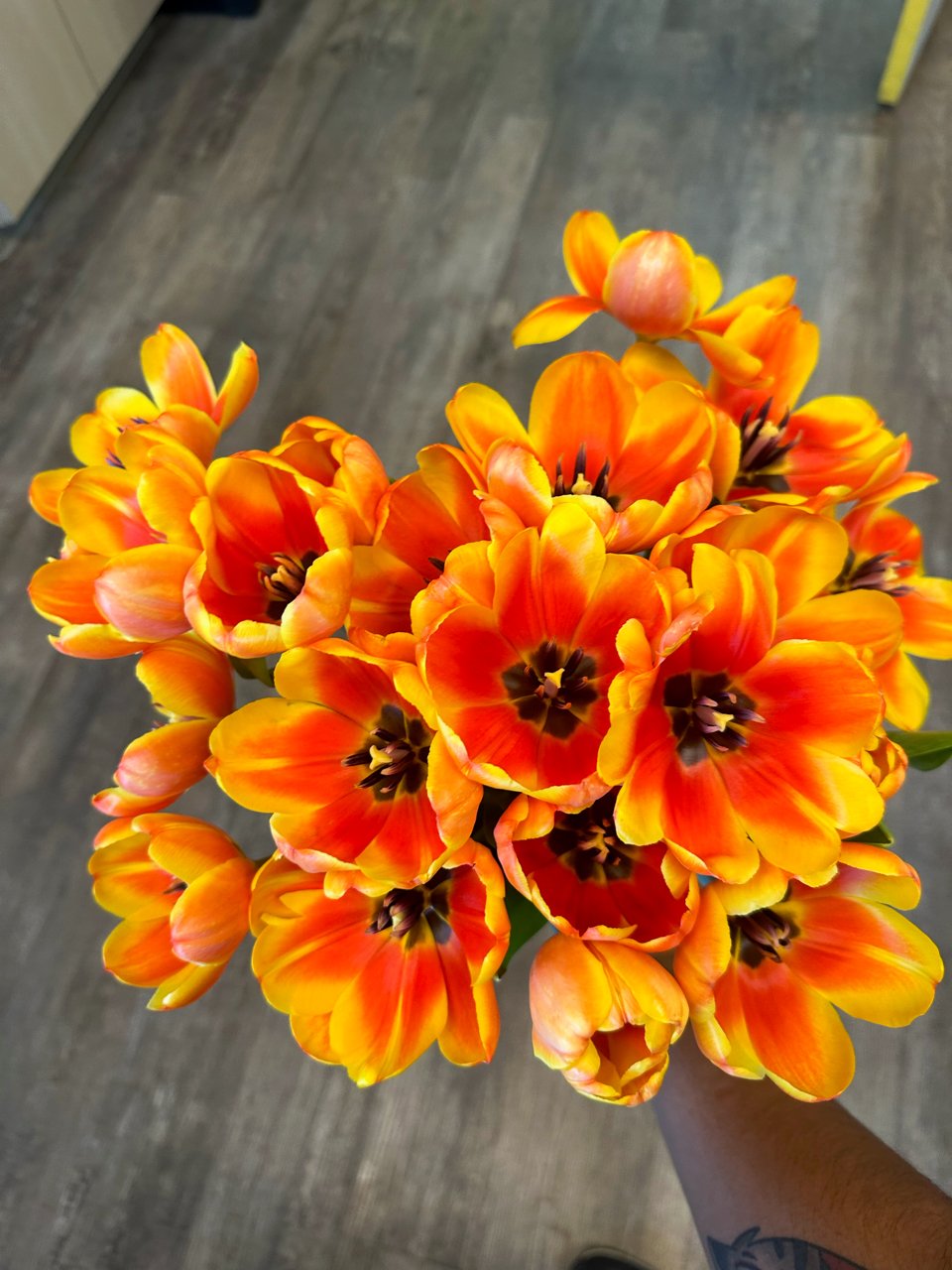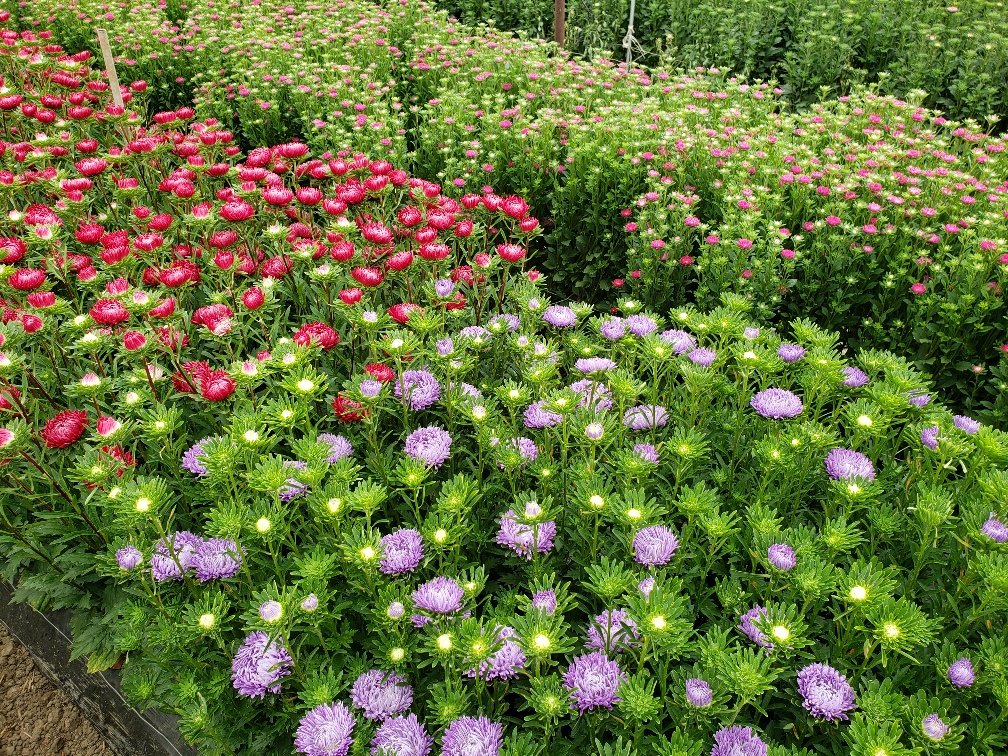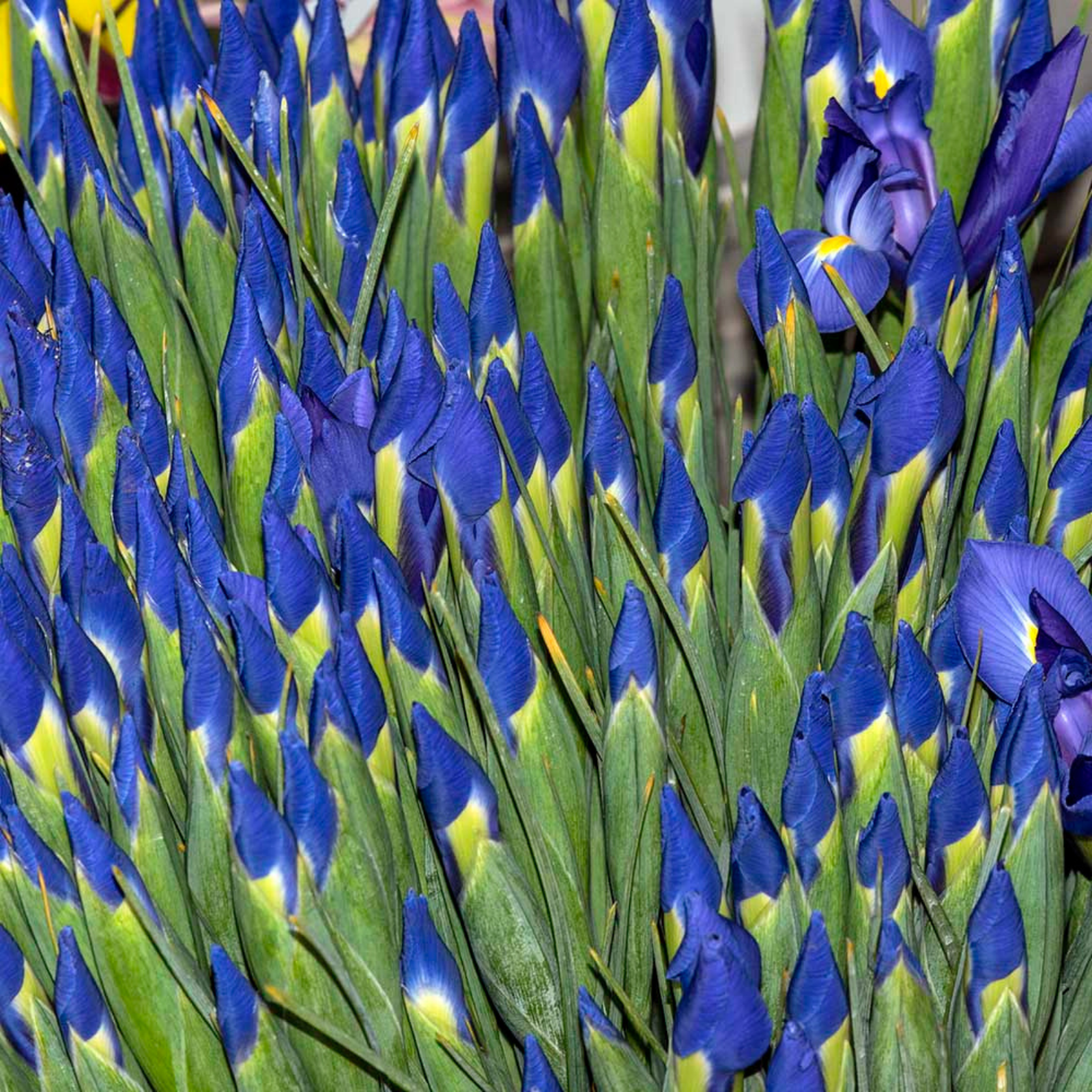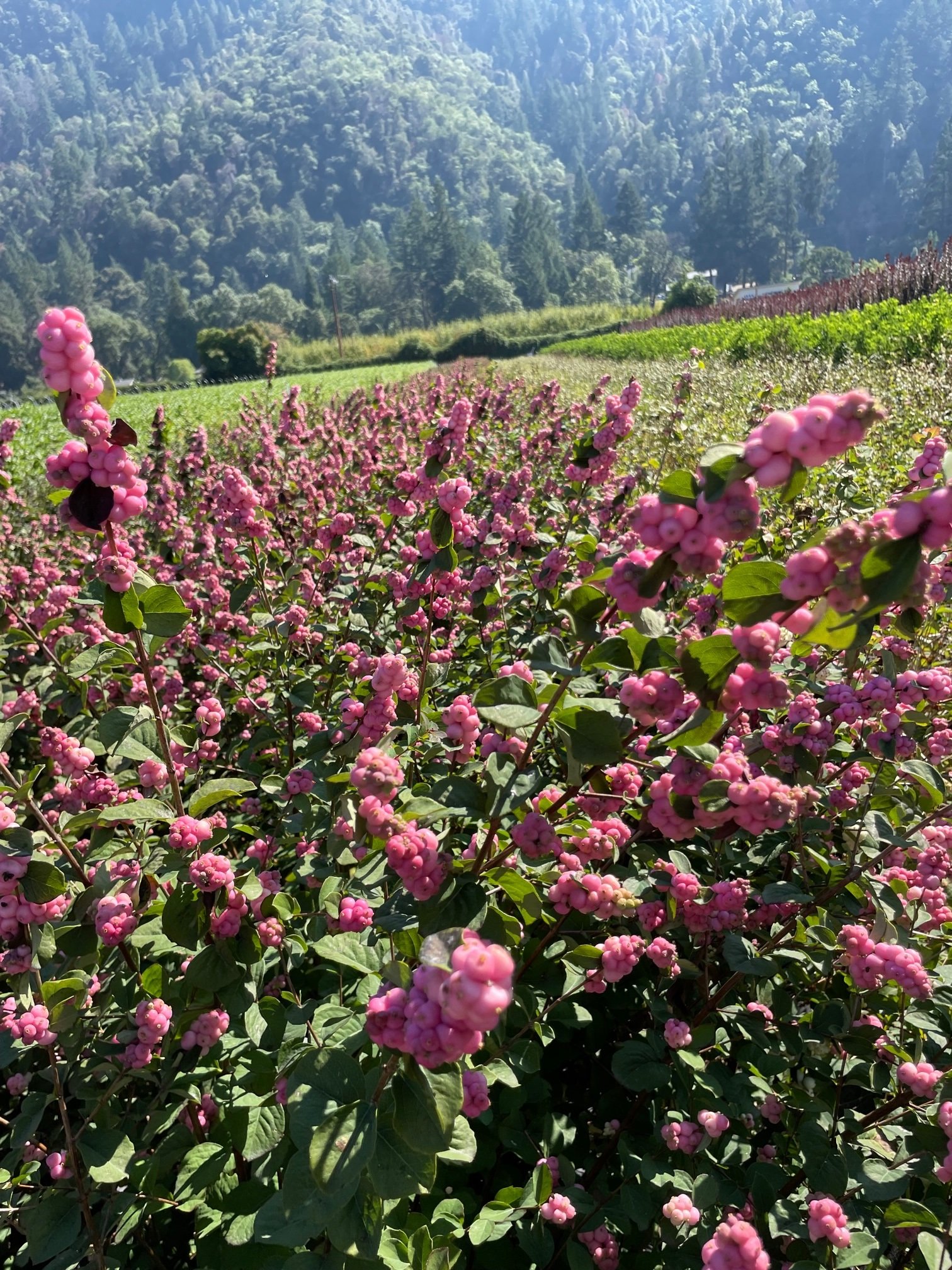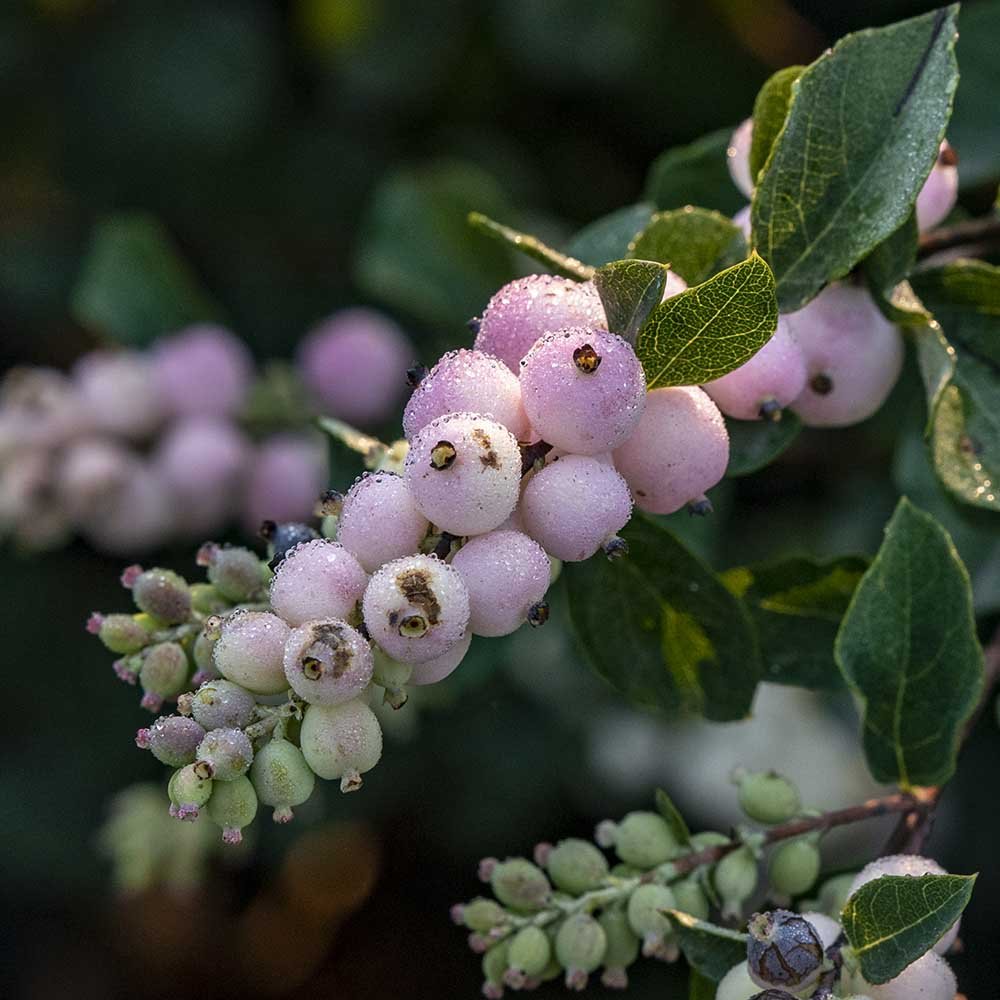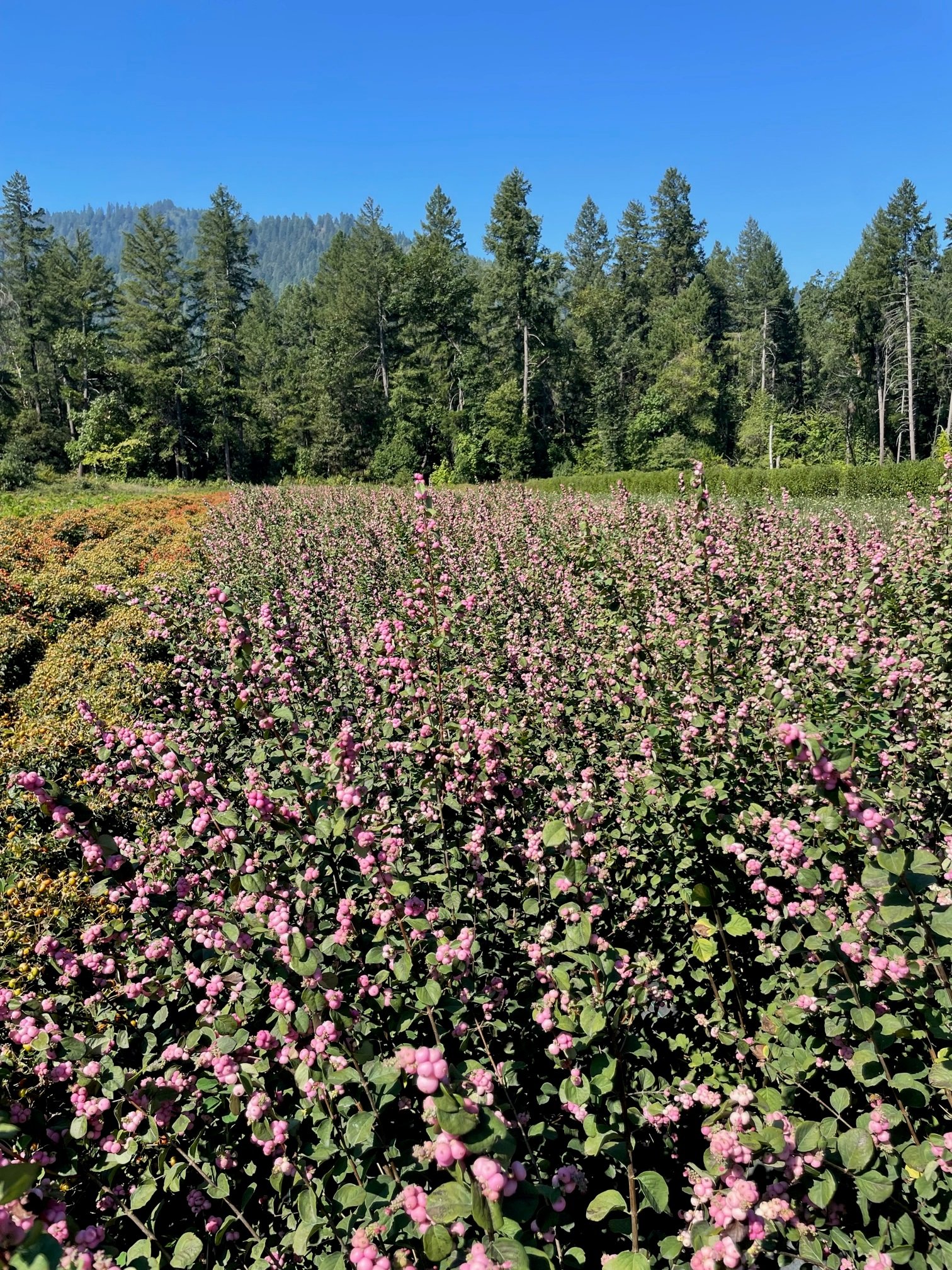Lane DeVries
Sun Valley Floral Farms
A fourth generation grower, Lane DeVries was born in the Netherlands to a family with a long tradition of growing flowers. He received his degree in Horticulture in Holland and in 1983 he immigrated to the US to explore the flower industry in America. Mr. DeVries came to Arcata, California after securing a job at Sun Valley. Here, he built the first Dutch Glass greenhouse to produce lilies and tulips year round.
Accomplishing this task, he soon became the Greenhouse Manager, then General Manager and now President and CEO. In 1991 Lane bought the company with 2 Dutch Partners. During this time in Arcata, Mr. DeVries grew the Sun Valley Group to its current status as the industry leader in growing tulips, lilies, iris and a host of other beautiful flowers.
Mr. DeVries holds a passion for his company. He wholeheartedly leads the Sun Valley team in producing the finest cut flowers available. His contagious enthusiasm for growing flowers is evident in the very essence of Sun Valley.
Over the years, Mr. DeVries has served the floral community in a variety of positions such as Board of Directors at SAF, trustee for the American Floral Endowment, Chairman of the Board for the California Cut Flower Commission and serves on the Board of Directors for Certified American Grown coalition.
Mr. DeVries has been married for 38 years to his wife, Kathryn. They have two children ages 27 and 29.
Show Notes
Just like a lot of the amaryllis many of you grow and use, Sun Valley uses tulip bulbs from New Zealand to extend and maintain their off season tulip production helping to insure quality and consistency.
If you’re a consumer or florist, I thought it was a great reminder that the tulip’s foliage is a great indicator of the vase life of the tulip.
In case you didn’t know, Ilex is the botanical name for the entire Holly Family of plants. This particular group of plants is dioecious, meaning the plants have separate male and female plants.
It’s important when growing this Ilex, also known as winterberry that your male and female varieties both bloom at the same time to insure good pollination and berry counts.
I thought it was especially helpful to know that they plant 10% of the field with males and 90% females for a good production of these varieties.
It can take up to 6 years once you see a new cultivar you want to put into production to actually get to market. Of course this doesn’t include the time and effort that is put into crossing and waiting to see what color or quality the new seedlings produce.
It was interesting to note that the year that they plan on cutting the crop for sale they back off on the fertilization to help the plant maintain that more compact form.
Lastly, Lane recommended that you love what you do. Growing always comes with its challenges. Having your job also be your hobby, will help you get through the tough times and push through.
